Unique Serbia Itinerary For All Types of Travelers (2024 Update)
People often think of Serbia as a landlocked country with a complicated history. But, after living in the country for two years, we discovered a nation much richer than stereotypes suggest. That’s why we decided to put together a Serbia itinerary unique to all kinds of travellers.
Belgrade is a bustling city with trendy floating bars and an eclectic mix of architecture. Plus, it’s much more affordable than its western neighbors and surprisingly safe.
The north is home to some of the prettiest cities in the country. The west is famous for its pristine nature. And while the east is less developed, it’s a charming region with mysterious caves and historical vineyards.
Needless to say, despite being the size of Florida, there is a lot to see! So, if you’re thinking of visiting Serbia, this guide is for you. We’ve outlined three suggested one-week itineraries for all kinds of travelers – from those looking to stay in the cities to those hoping to explore the outdoors.

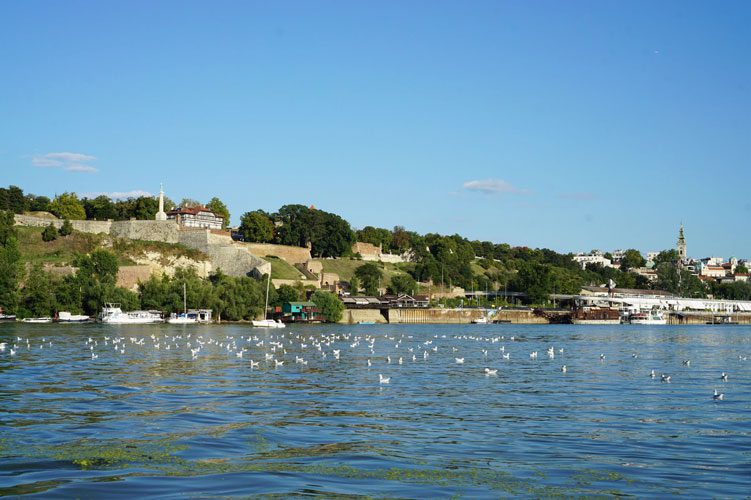
Serbia Itinerary 1: For City Lovers
If you’re a city person, who enjoys good restaurants and cafes, and would rather spend the day exploring cool bars or historical cities, this Serbia itinerary is for you.
Day 1-3: Belgrade
Belgrade is an absolute must in this itinerary and we would recommend spending 3 days in the capital. This will give you enough time to explore the key sights, but also to try some of the best restaurants and cafes.
There is so much to see – from an ancient Roman fortress and one of the largest Ordothox churches in the world to a bustling nightlife and bars in front of old silos. There is also a great food scene, with a mixture of traditional Balkan spots and some that have tried to modernize the cuisine.
Make sure to check out our list of the 20 best things to do and see in Belgrade here and a crowd-favorite tour here.
Day 4: Novi Sad
Novi Sad is the second-largest city in Serbia, about 70 minutes away from Belgrade. It’s right on the Danube River and oversees the northern slopes of the Fruška Gora mountain. On your drive, you can stop by the charming Sremski Karlovci town for some wine and great views.
The city of Novi Sad is known for music, art, and liberalism, becoming the 2022 European Capital of Culture and the 2019 European Youth Capital. It’s also one of Serbia’s most diverse cities, with six official languages today and an array of different places of worship.
The city was ruled by the Austrian and later Austro-Hungarian Empires for over 100 years, so it’s filled with buildings and houses that resemble that beautiful style of architecture.
Click here for a great tour of Novi Sad and Sremski Karlovci led by a professional guide.
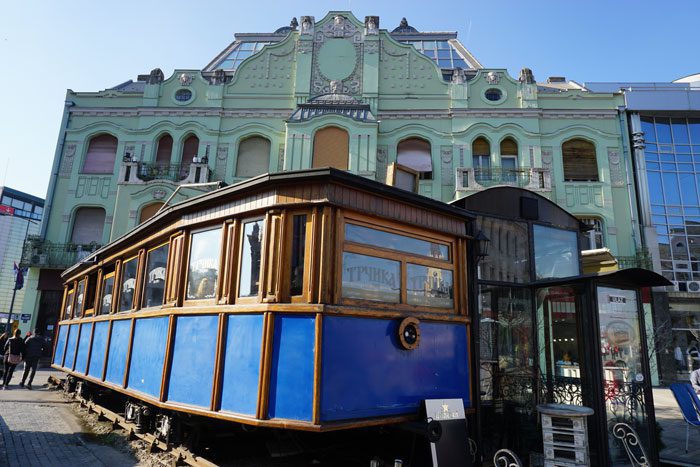
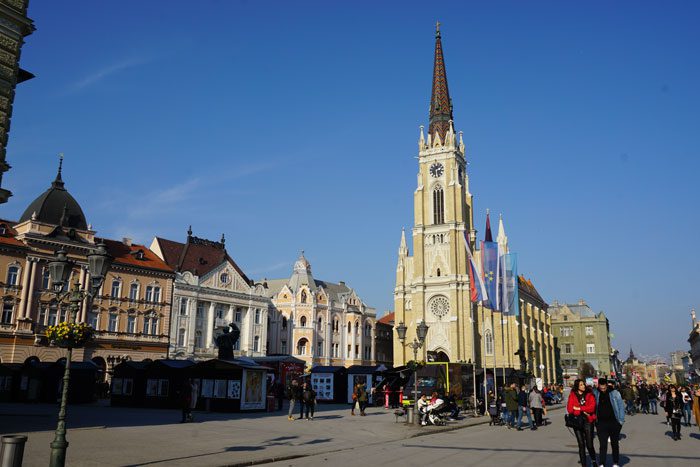
Day 5: Subotica
Keep driving north for about an hour from Novi Sad and you’ll run into Subotica. It is certainly a smaller city, but worth spending a day in. The city is particularly unique in Serbia for having the most number of buildings in the art nouveau style. City Hall and the Synagogue are two great examples.
Subotica has a strong Hungarian connection. Prior to World War I, it belonged to the Habsburg Monarchy and later the Austro-Hungarian Empire (as part of Hungary). This brought in many Hungarian architects and engineers who transformed the city’s look and also educated local architects, building over 100 establishments in that period.
Make sure to check out Lake Palić as well if you’re in the area.
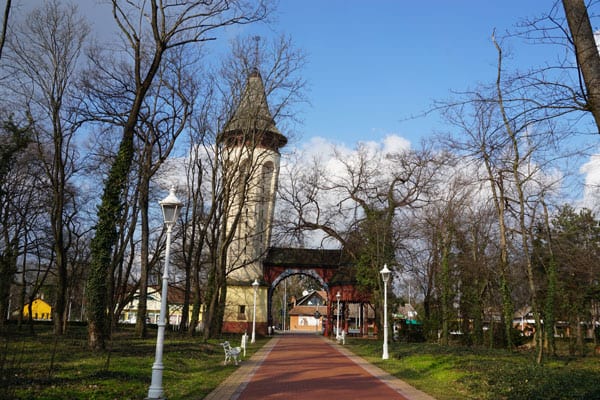
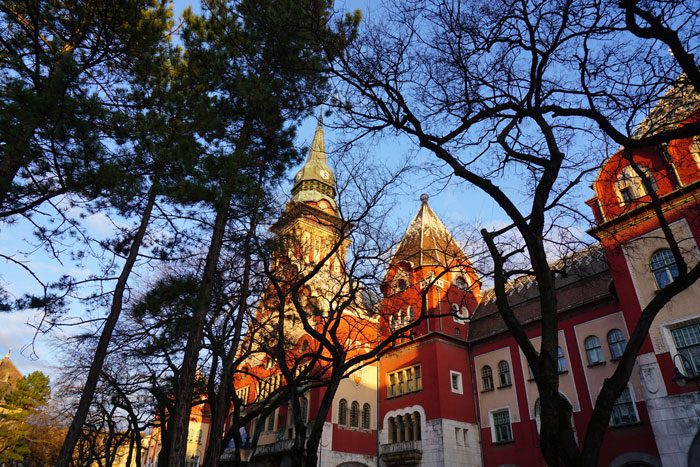
Day 6-7: Niš
Now, this is where the drive will get a bit longer. You can certainly stay in the north of the country for a couple more days. There is always more to see and explore. But, we’d be remiss not to encourage you to visit Niš as part of your Serbia itinerary.
Niš is one of the oldest cities in the Balkans and in Europe, seen during ancient times as a gateway between the East and the West. Niš today is the third-largest city in Serbia and a 2.5-hour drive from Belgrade. The city had a rough history – from 400 years under the Ottoman occupation and 3 years under Nazi occupation, to bombings in the 1940s and 1990s.
But, this means it has a lot of impressive historical spots to check out, including a fortress dating back to Ottoman rule, one of the best-preserved Nazi concentration camps, and a tower of skulls (literally) from the Ottoman days.


Serbia Itinerary 2: For the Outdoor Enthusiasts
Now, if you would rather skip the city and spend most of the time outdoors in pristine nature, this Serbia itinerary is for you.
Day 1-2: Belgrade
Yes, even though we said you’d largely skip the city with this Serbia itinerary, Belgrade is a must. Plus, you will probably fly into it and it’s worth spending two days in the capital.
What you can do is visit some of the parks in the city like the Belgrade Fortress, Ada Ciganlija, or the Ušće or Banovo Brdo Parks. You could also take a boat ride down the Sava and Danube rivers, getting a completely different perspective of the city. Here is one of our favorite options if you’re looking for an unforgettable experience on the Danube.
You could also take one of our favorite day trips from Belgrade to the picturesque Kosmaj Mountain, making a stop at the awesome Kabinet Brewery.
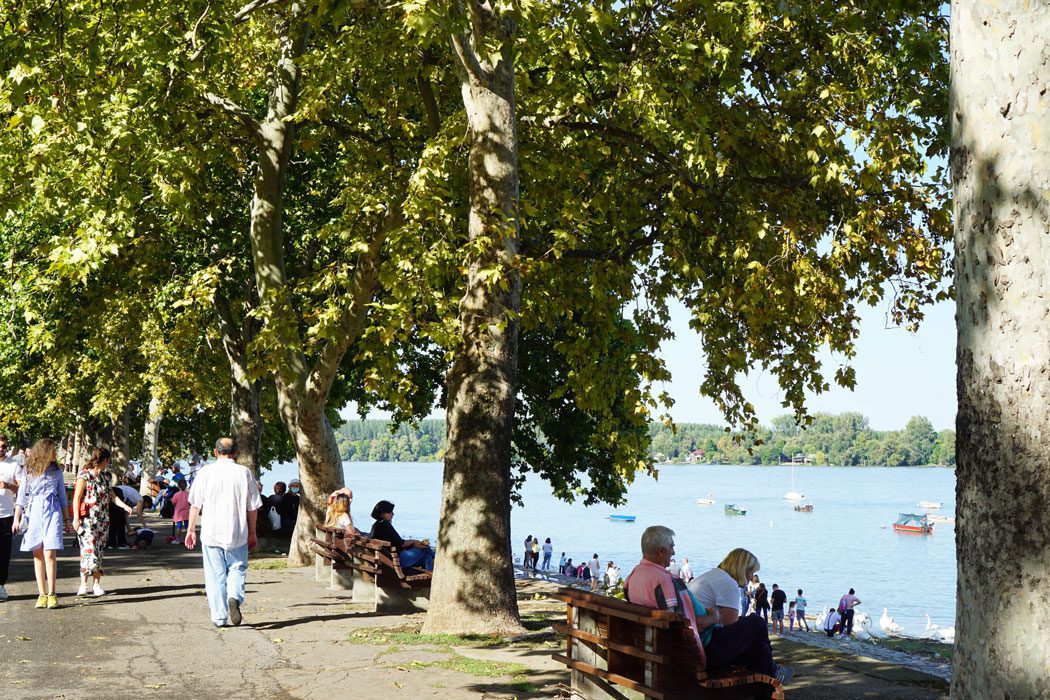
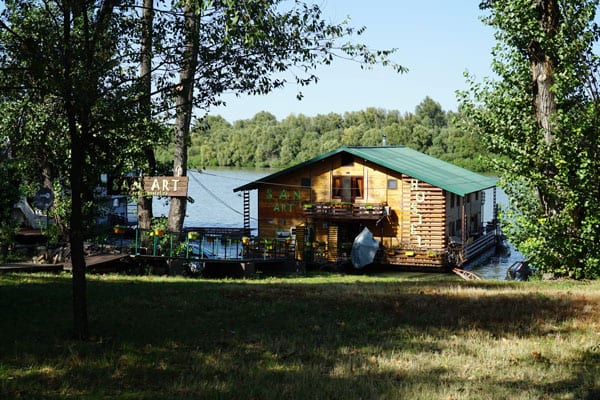
Day 3: Zlatibor
Zlatibor is about 3-hours away from Belgrade and one of the most popular spots in Serbia. The Zlatibor mountain is further south of the city, and there are a couple of wonderful lakes throughout, including Zlatibor and Ribničko lakes.
They recently inaugurated the longest gondola in the world here at 9 km long. The gondola connects the center of Zlatibor with the ski center of Tornik (Zlatibor’s highest peak), through Lake Ribničko, and takes about 30 minutes to complete the ride.
When making the drive from Belgrade, you’ll want to be sure to stop by the Ovčar-Kablar Gorge, carved within the mountains of Ovčar in the south and Kablar in the north, with the river flowing through it for about 15 kilometers.
You can hike up either mountain for stunning views of the gorge. In fact, there are 10 marked trails totaling more than 90 kilometers, with varying degrees of difficulty. The drive alone through the mountains, greenish-blue river, and lush green fields is worth a pass.
And if you’re looking to see most of the west in one day, click here for a one-day guided tour of the region.

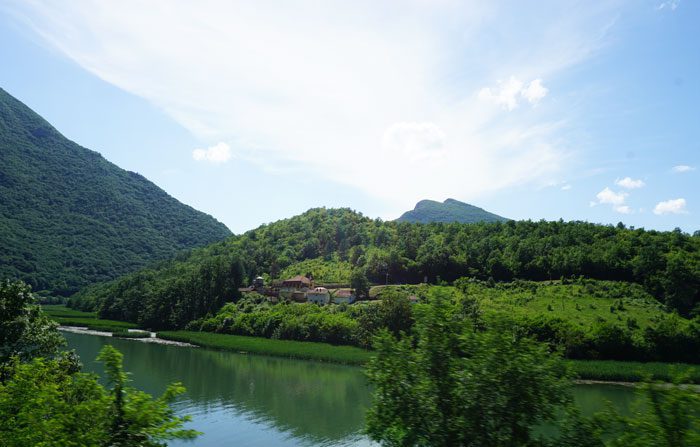
Day 4-5: Mokra Gora
Mokra Gora is about 45 minutes west of Zlatibor. The village stretches between the beautiful mountains of Zlatibor and Tara, and it’s truly one of the most untouched and pristine places in Serbia.
We would recommend spending the night in Drvengrad, a tiny wooden village located on the Mećavnik hill. The whole village is made out of wood – even the lamp posts. It was built for a movie scene, but after the shoot, the village just stayed there and eventually became a tourist destination. You can walk around the village in just 15 minutes, but it is incredibly unique.
Additionally, make sure to visit Tara National Park, known as the lungs of Serbia. Banjska Stena is the most popular viewpoint in the park, with a spectacular view of Lake Perućac.
Day 6-7: Lake Perućac
Lastly, we would recommend spending a night on Lake Perućac. This is an artificial lake, which thanks to thousands of years of work by the Drina river, the lake sits in a gorge on the edge of the Tara mountain range.
But, what makes this lake so noteworthy is the houses floating in the water. There are not that many for rent and they fill up quickly, so make sure to book with plenty of time. The houses are not physically connected to the land so you will need to take a rowboat across.
You’ll also want to be sure to check out the famous Drina River House on your way out of Lake Perućac to Belgrade. It’s a small wooden house sitting on a rock in the middle of the river, almost defying nature. Apparently, the river has already washed away six of these houses, but they keep building them as a symbol of perseverance.
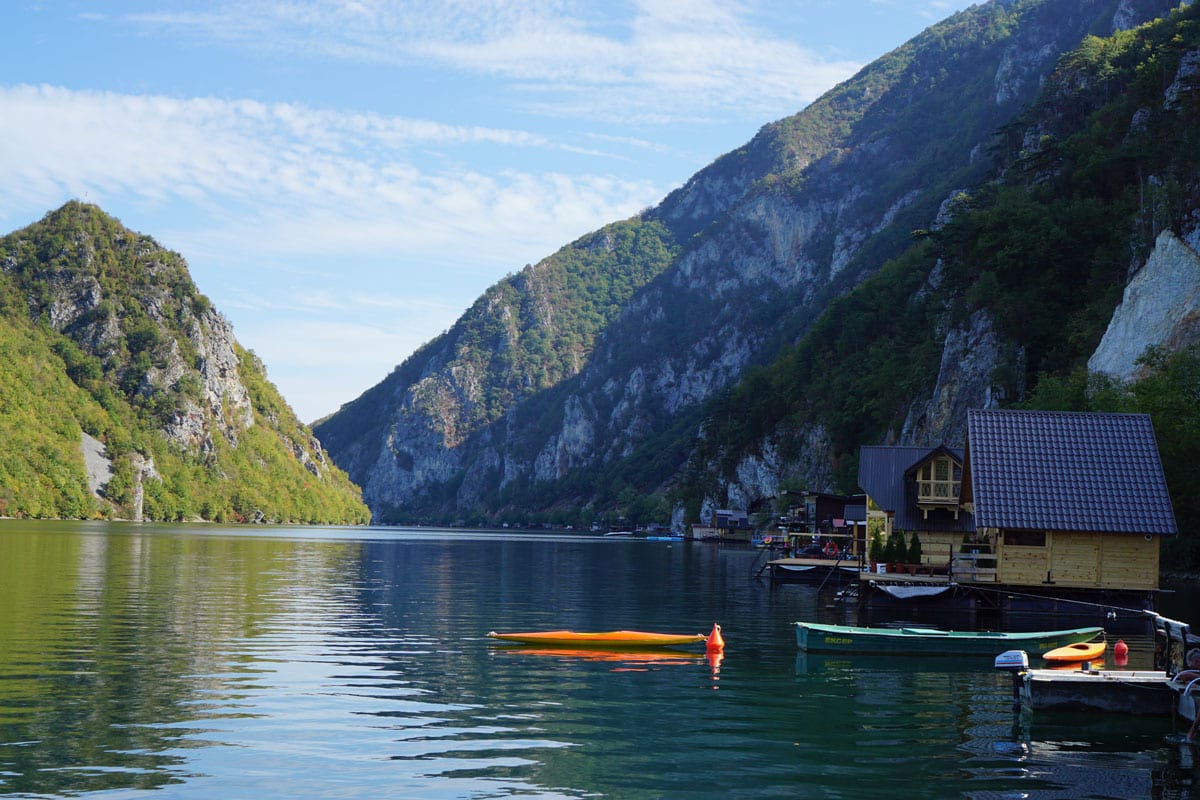

Serbia Itinerary 3: For Off The Beaten Path Adventurers
Last but certainly not least, if you would rather explore those less developed and well-known spots in a country, this Serbia itinerary is for you.
Day 1-2: Belgrade
Again, we must recommend a couple of days in Belgrade. The city is just too cool to pass up. But, there are lots of unusual yet trendy things to do, like visiting a brewery next to an old sugar factory or the Silos. This is an incredibly cool concept. It’s a space by the river with everything from bars and restaurants to art galleries and event spaces, all in front of four monumental old silos that are each 28 meters high. If you’re looking for a guided adventure, click here for a local craft beer tasting.
You can also head out for a day trip around the city, like visiting the Carska Bara Special Nature Reserve, home to 240 rare species of birds, or the Deliblatska Peščara Special Nature Reserve, with a large sand area and well-marked trails.
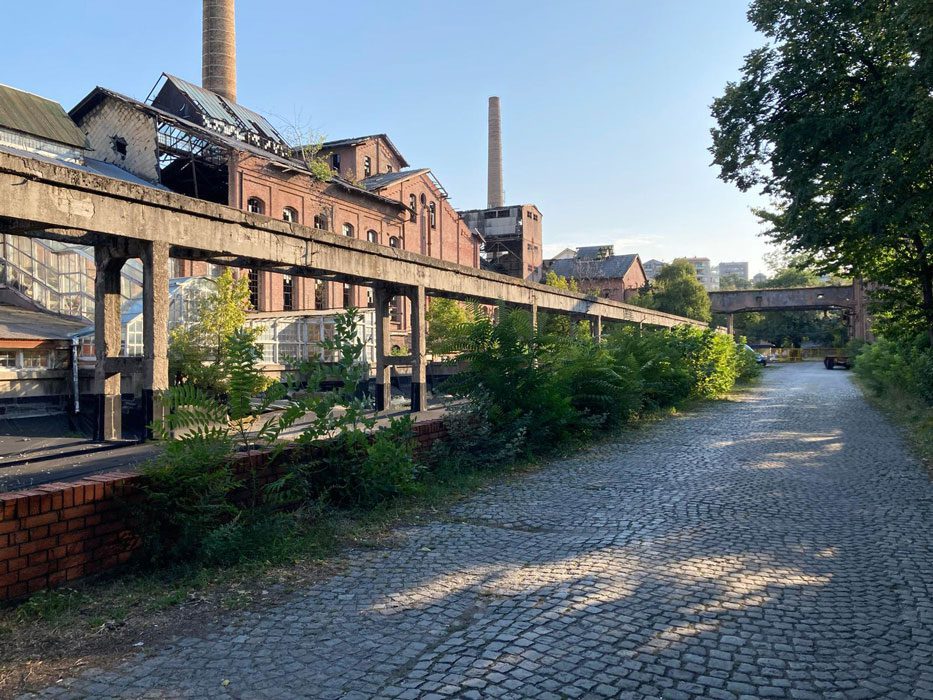
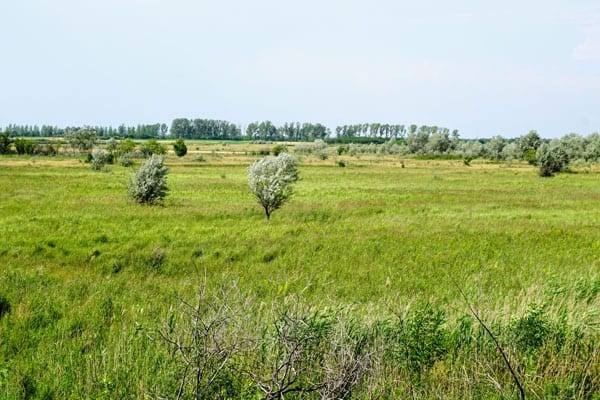
Day 3-4: Sićevo
Sićevo is a small village about 30 minutes away from Niš (almost 3 hours away from Belgrade). It used to be a wine-producing area during Yugoslavia but was decimated after the fall.
Today, the village is trying to reinvent itself with small wine or honey producers, reconstructed homes turned into b&bs and small museums, and locals choosing to become park rangers to take people around and show them the beauty of the region. The village is also home to the Sićevo Gorge, a spectacular 17km river gorge formed by the Nišava River.
However, the area is not well-marked and can be tough to explore without a guide. We were lucky enough to meet Dušan Smiljanić, one of the park rangers who formed the Via Militaris Ranger Club, and we wouldn’t have seen nearly as much as we did without him. If you’re looking to explore Sićevo proper, the mountains surrounding it, or even Stara Planina further to the east, we would highly recommend you contact him for a tour.
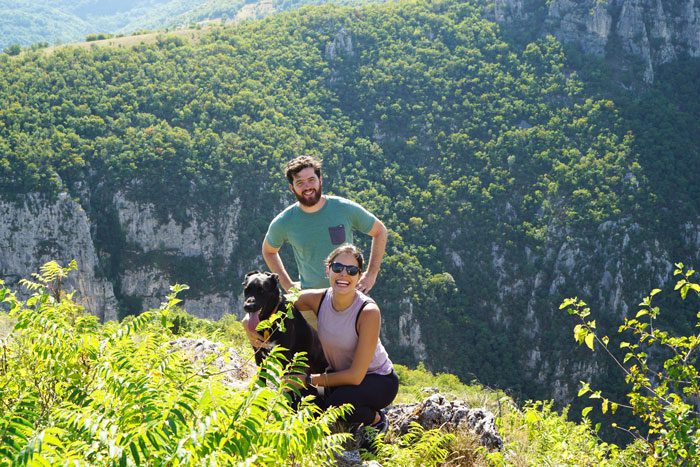
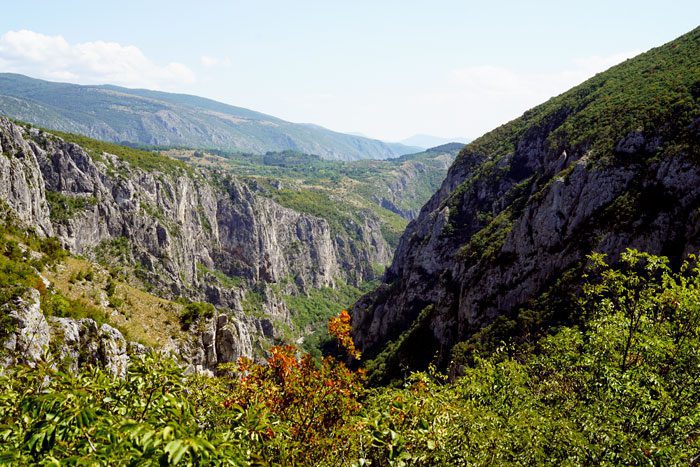
Day 5: Negotin
Negotin is about 2.5 hours northeast of Sićevo. Many in Belgrade haven’t ever been to Negotin, but what attracted us most to the city was its history of winemaking – going back for more than seven centuries.
Rajačke Pivnice is the magical wine area, about 30 minutes away from Negotin. Once you arrive in the village, all you’ll see are stone houses – some of which still serve as wine cellars today. It’ll feel like you’re going back in time – the technology is certainly dated and you’ll be made to feel like a guest rather than a customer.
The cemetery is at the end of Rajačke Pivnice and worth the visit. It is incredibly unique as many of the headstones were built from the same sandstone used to build the houses. It’s also very old, with the older headstones having pagan symbols written on them. The more recent gravestones pay homage to the winemaking traditions with various insignia and drawings.
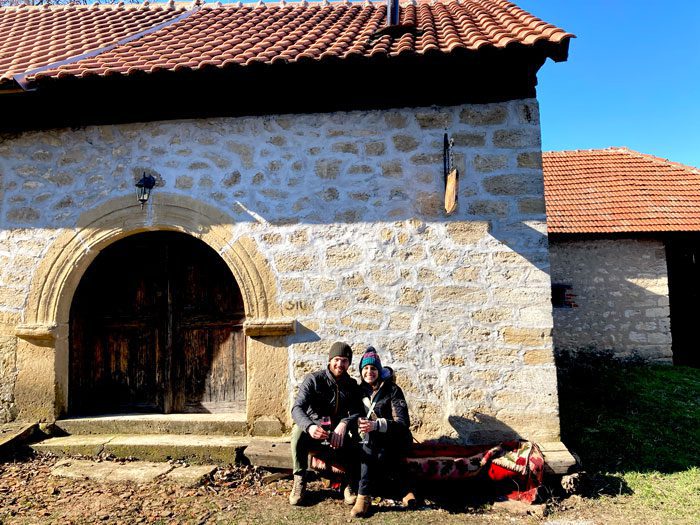

Day 6-7: Along the Danube
Lastly, we suggest wrapping up your Belgrade itinerary by taking a couple of days to drive from Negotin to Belgrade, along the Danube River. For starters, the drive is absolutely stunning. A large chunk of it directly overlooks the river (with Romania right across from it) and is worth making a few stops along the way for photos.
You’ll want to make a stop at Djerdap National Park and you can choose one of two options. You can hike around the park, finding stunning views of the gorge. Or you can hire a riverboat to take you through ancient Roman ruins and a giant rock carved with the face of the last king of Dacia. Most of them also explain the history of the gorge and can add perspective. You can also hire a guide directly from Belgrade to take you to the park and show you around the most magical spots.
You also have to check out the medieval Golubac Fortress, which has been fully reconstructed and reopened in 2019. What makes the fortress so special is that it’s perked up on a hill, with 10 different towers emerging from it. It’s also quite distinct in that it has successfully driven away over 120 attacks throughout its history.
How to Get Around
For any Serbia itinerary, we recommend renting a car. Though public transportation is available, you will have much more flexibility if you’re able to drive yourself, especially in the more remote spots.
Many of the highways across Serbia have been recently renovated and are in great condition, but some roads tend to be narrow and windy around the countryside so do be careful in certain spots, especially if you’re visiting during the winter months.
There are local rental options that we’ve used before, including Zim Car Rental Beograd. But, pick-up options are only offered in Belgrade and they do run out of cars pretty quickly in peak season. For a larger option with more variety, we recommend using Discover Cars. The site is very user-friendly and aggregates all types of vehicles and prices to make sure you find the best deal.
Save for Later? Pin It!
